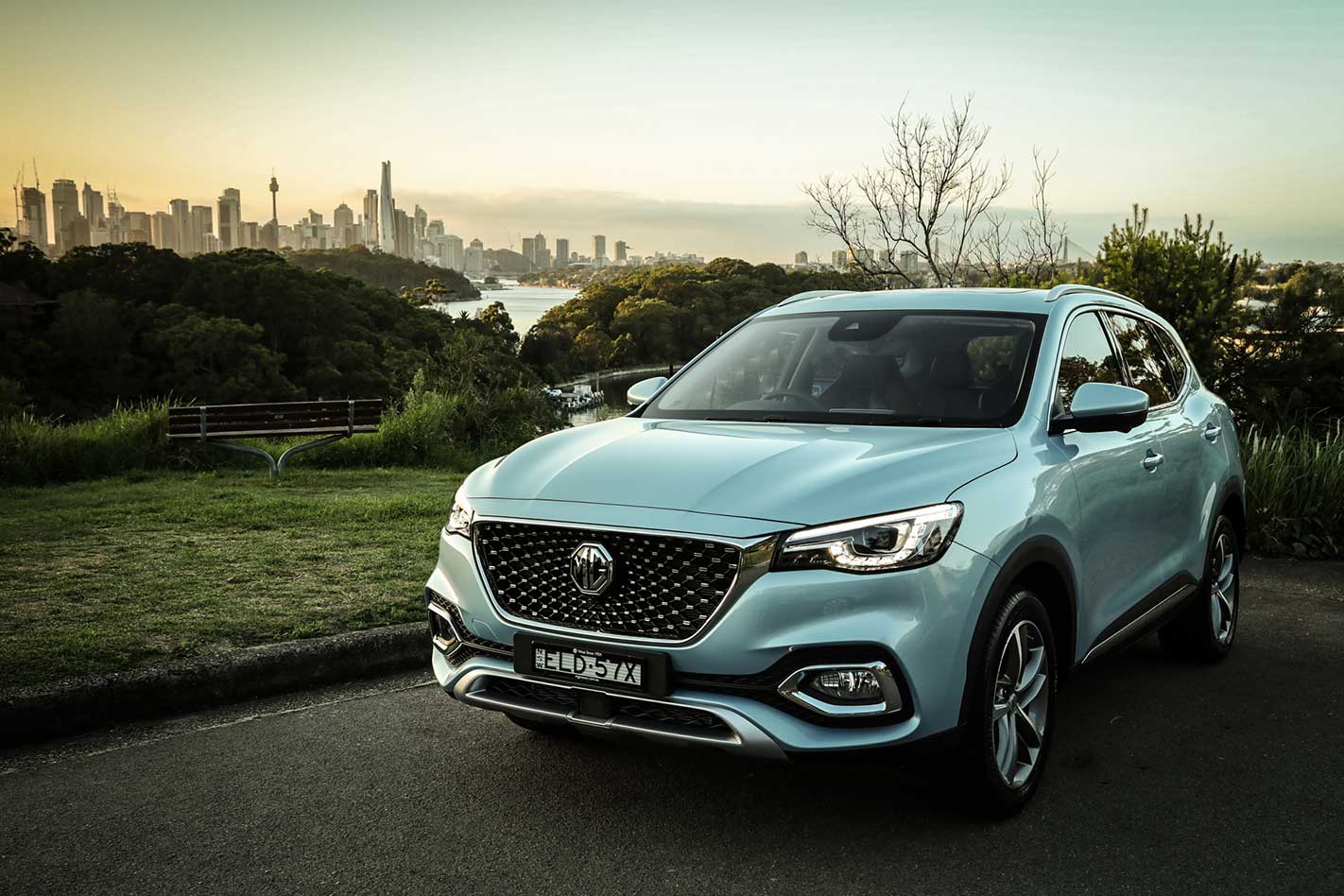Things we like
- Useful EV-only range
- Lively and quiet as an EV
- Well equipped, simplicity of operation
Not so much
- Re-gen not hugely effective
- Occasional hesitation under hard throttle
- Not as dynamically sorted as rivals
Should we take a moment to get in a quick plug for buyers of hybrid vehicles? We could, but those who actually have a plug are deeply in the minority.
Considers that in 2020, sales of plug-in hybrid electric vehicles, or PHEVs for short, tallied just 1685 vehicles, compared to well over 60,000 in the same period for parallel ‘plug-less’ hybrids, which use recovered energy or the output of the engine to recharge the battery.
Toyota, which dominates the market of the latter, has done an excellent job of convincing Aussies as to the merits of its ‘self-charging’ hybrids, so most buyers either can’t be bothered with the plug, or aren’t aware of the benefits.
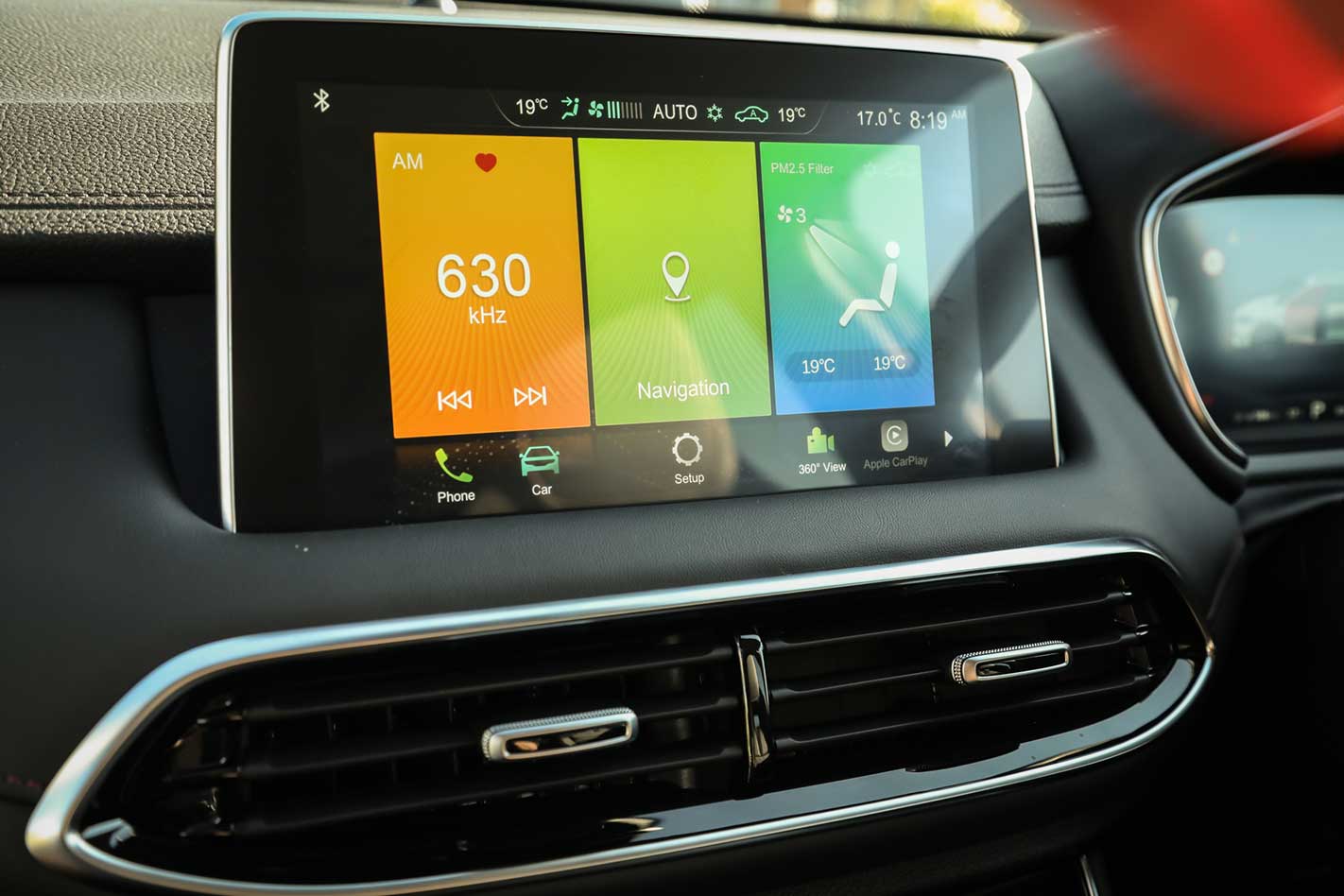
Chinese-owned brand MG aims to change that with the launch of its first PHEV, the mid-size HS plug-in hybrid SUV.
Offered in a single high-level spec for $46,990 drive-away, it teams a 1.5-litre turbo-petrol four making 119kW/250Nm with a 90kW/230Nm motor sandwiched between the six-speed auto transmission, for a combined 189kW and 370Nm.
The motor is fed by a 16.6kWh battery to provide a claimed electric-only range of 52km.
Driving the front wheels only, this powertrain delivers an official ADR consumption figure of 1.7l/100km, although you’ll use closer to 8 or 9L/100km if you regularly drive without recharging the battery.
In the context of its rivals, the HS is similarly sized to the Toyota RAV4, the best-selling hybrid in the country, which can be had in front-drive GX form for just $36,790, but a closer spec match for the MG is the RAV4 Cruiser 2.5 FWD at $43,290.
So at first glance, the MG’s pricing looks a touch ambitious, especially considering the similarly-specced petrol-only HS model is a hefty $6000 cheaper than its flagship sibling.
The flip side to this is that the HS is, by a tiny margin, the cheapest plug-in SUV on sale in Oz. (Mitsubishi offers its Outlander PHEV in the three spec levels, spanning $47,390 to $56,390.)
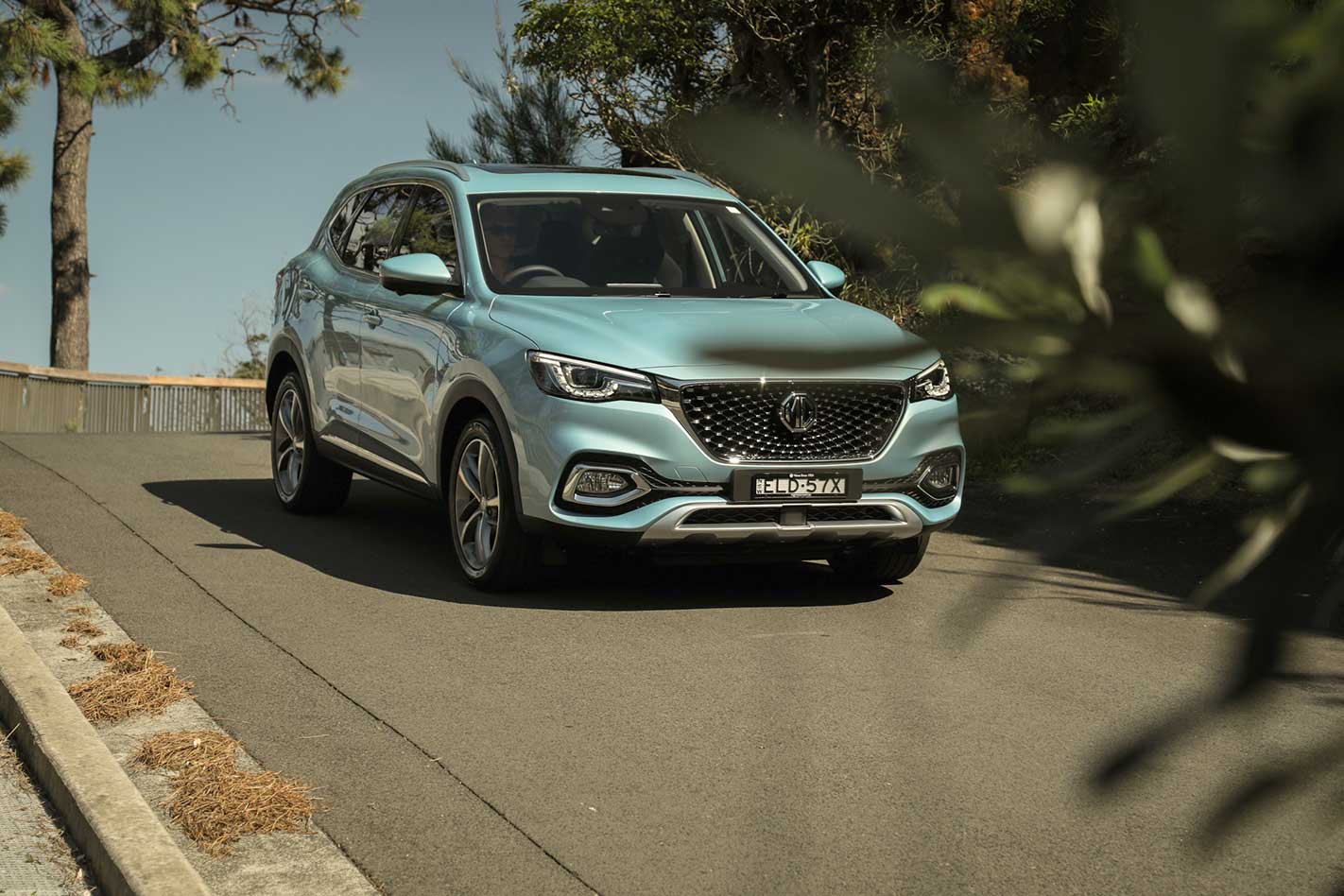
Further, the rival RAV4 will barely leave your driveway under electric power alone, so ask yourself how important it is for you to use your hybrid SUV in EV mode and burn no petrol for daily commuting or running around.
The potential energy savings are not huge unless you have solar; what opting for plug-in power does provide is a zero-Nox clear conscious for your urban running, and the benefit of exclusive access to the more quiet, responsive electric side of the powertrain.
On this latter criteria, the MG performs well. It ‘idles’ in complete silence, is always alert to the throttle around town, and accelerates swiftly, with only a subdued whine and the sound of the 18-inch Michelins disturbing the otherwise tranquil cabin.
But its hybrid system is not especially sophisticated.
There are just two modes: EV, which locks out the petrol engine, or the default hybrid mode, which uses a mix of petrol and battery power depending on a bunch of parameters including throttle position, road speed, and gradient.
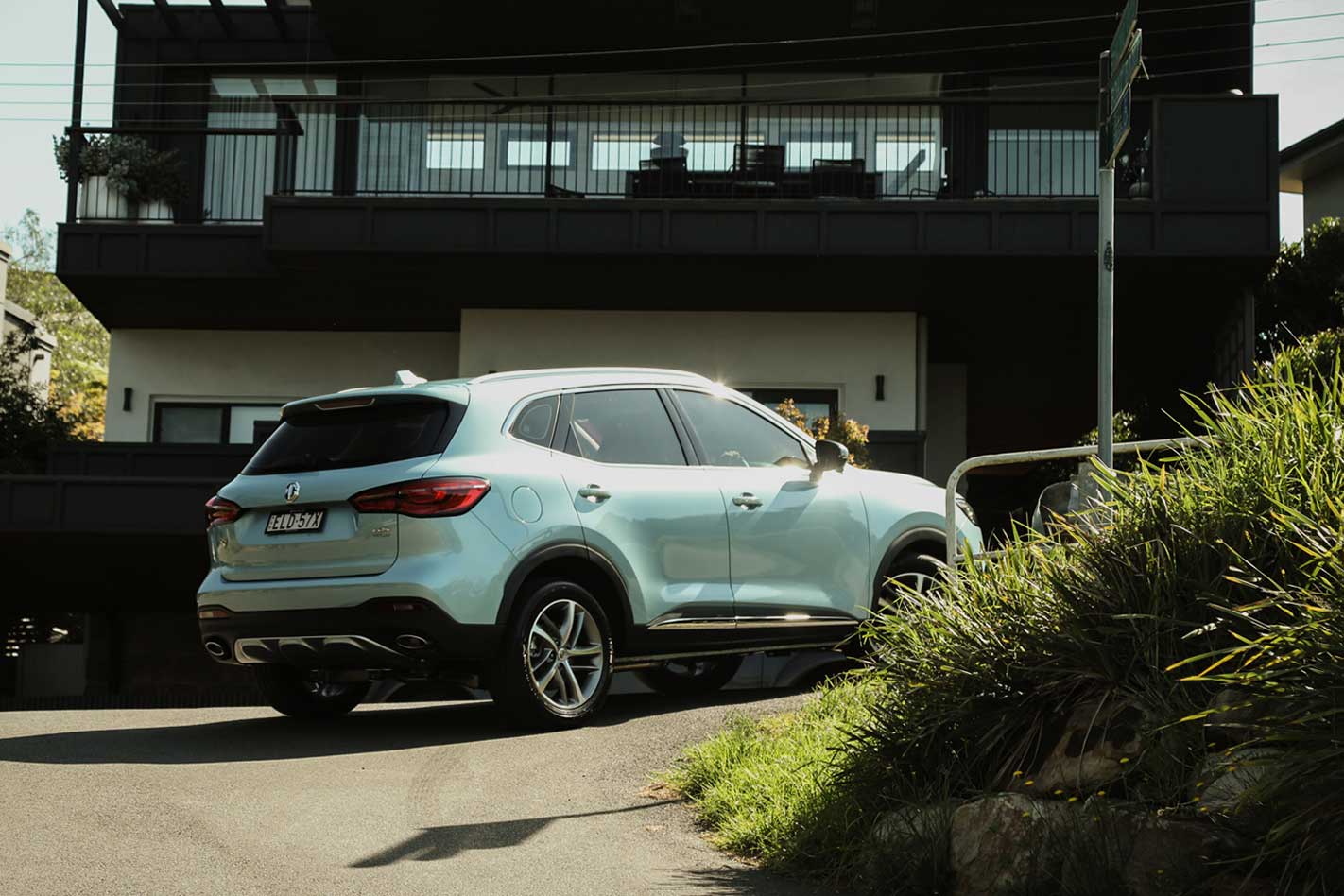
It lacks a ‘recharge’ mode on the move to boost battery power for later EV-only running, instead relying on coasting re-gen to replenish the battery after its plug-in charge is depleted.
During our test, once the battery was depleted, the re-gen didn’t recover enough energy to move the battery’s state of charge from zero, although there clearly was some charge in there, as the car would accelerate from rest to around 30km/h without waking the petrol engine.
The performance and NVH of the petrol engine is actually pretty good, merging seamlessly with the motor and only getting loud at high revs under a wide-open throttle.
But in hybrid mode on the open road, there’s often a weird hesitation when cracking open the throttle to accelerate from say, 70km/h to 110, as if the transmission is caught napping and the electric motor can’t quite deploy its instant hit of torque.
There’s a fair bit of wind noise around the mirrors at motorway speed, too.
Acceleration is a claimed 0-100km/h in 6.9sec, but our hand-timed runs could not get near that, simply because the HS doesn’t launch from standstill with any real vigour.
We reckon it’s more like mid-9s, but does anyone really care when the low-speed rolling acceleration is sufficiently strong?

As for our recorded overall consumption, our test drive was 140km, the first 40km on battery power alone; the remainder in hybrid mode.
Total fuel consumption was 6.7L/100km, so not amazing but that did take in some hard driving. Expect to use mid- to high 8s when driving with a depleted battery.
So overall, the hybrid powertrain has merit, but isn’t without a few unpolished edges.
This broadly describes the chassis tune and dynamics, too. It’s acceptable for the undemanding driver; firm around town and a little restless, but not crashy or uncomfortable.
But step up the pace on the open road or just start to lean on it a bit and it’s quickly apparent the compression and rebound rates are a bit of a MAFS marriage rather than harmonious bliss.
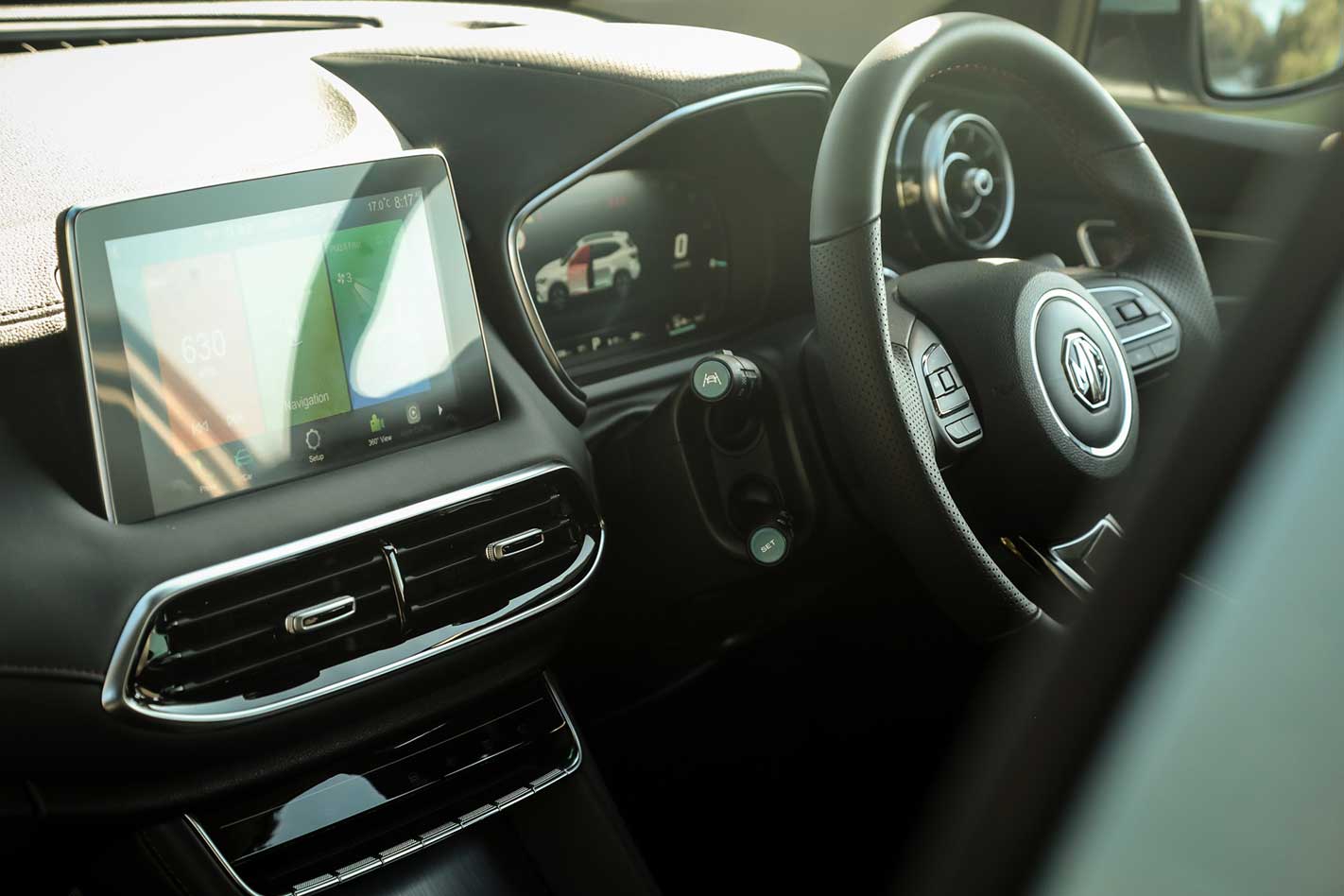
B-road lumps and dips reveal a lack of cohesion that puts the HS well short of the supple but controlled Subaru Forester, or Toyota’s RAV4.
The steering is quick enough at 2.7 turns lock to lock, but brings an artificial weighting as lock is wound on, and a slightly springy return rate. Personal preference, but I’d rather an overall lighter, more linear tune.
Inside, the best bit is that MG hasn’t attempted to be too clever or avant garde with the cabin layout and minor controls. It’s all very conventional and dummy-proof.
Surfacing and materials are mostly decent; dig a bit deeper and you’ll find plasticky switch gear, but nothing to moan about.
The driver’s 12.3-inch digital instrument display can be configured to provide various info pages showing consumption, motor and engine speeds, or energy flow, while the 10.1-inch touchscreen for media, HVAC and vehicle settings is logical, if a bit laggy.
At least there are hard keys for audio volume and direct access to the HVAC settings on the touch screen. A massive glass roof with retractable blind opens the entire cabin to the sky.
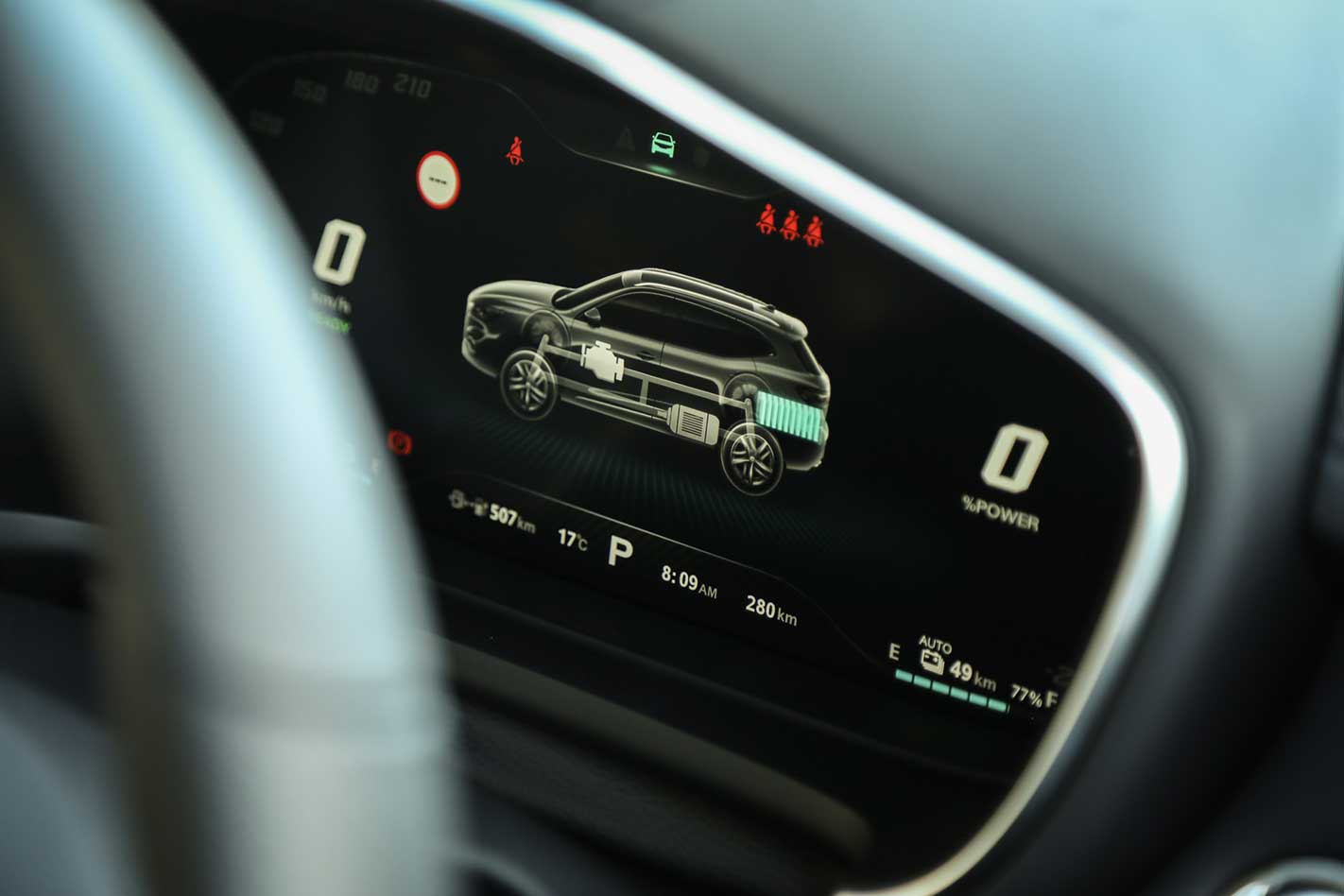
The leather and alcantara-trimmed seats are deeply sculpted, but lack under-thigh support for tall frames. In the back, the low-ish seat base will see adults with knees bent but adequate legroom.
Kids are fine, and they’ll be happy with the two USB ports, and a fold-down cupholder section also housing a lidded cubby large enough hold a phone or a few snack bars.
Luggage capacity is 451 litres, accessed by a powered tailgate, expanding to 1275L with the rear seats folded, an operation that requires you lean in to access the latches, as there are no remote releases.
As for driver assist systems, the HS PHEV includes what MG calls its ‘Pilot Active Safety Technology’ suite, which includes adaptive cruise control with traffic jam assist, a 360-degree camera, forward collision warning, rear cross traffic alert, blind spot monitoring, and lane change assist.
Outside, the car gets LED headlights and daytime-running lights, LED tail-lights with sequential indicators, and 18-inch alloy wheels.
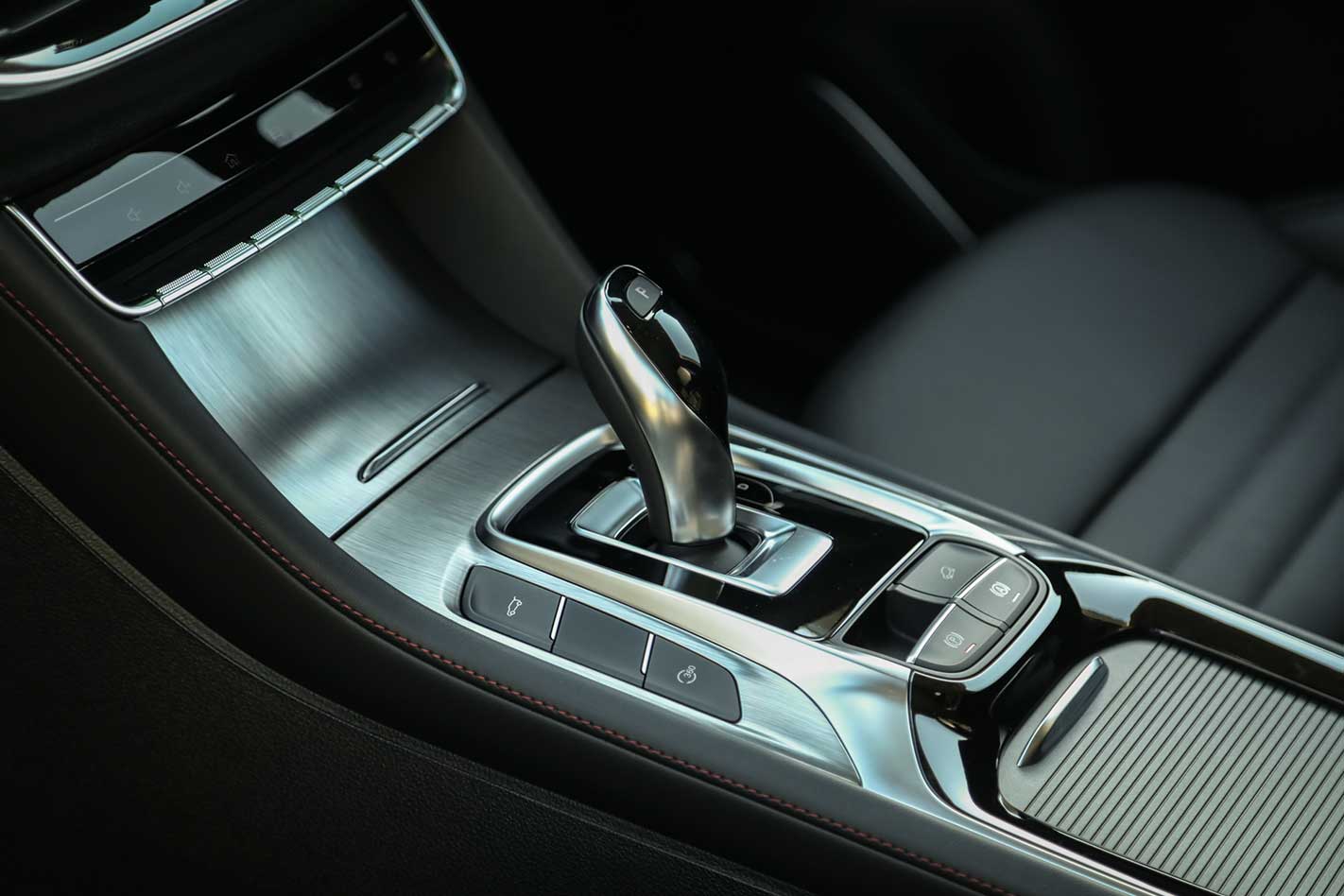
Warranty for the PHEV is down to five years, two less than MG offers for its ICE range.
The battery is guaranteed to retain 70 percent of its original charge capacity for eight years, which sounds okay, but a circa-30 percent drop in battery capacity translates to reduced EV-only range of a mere 35km between charges.
Broader take-out, then, for the HS PHEV, is that this is an honest, uncomplicated hybrid that gets enough of the basics right to give environmentally aware buyers what they want: easy overnight recharging from a domestic outlet, enough range for typical daily duties, and economical longer-haul running with zero range anxiety.
Is it priced keenly enough to tempt the masses away from more mainstream, low-consumption alternatives like the RAV4? That’s the contentious bit.
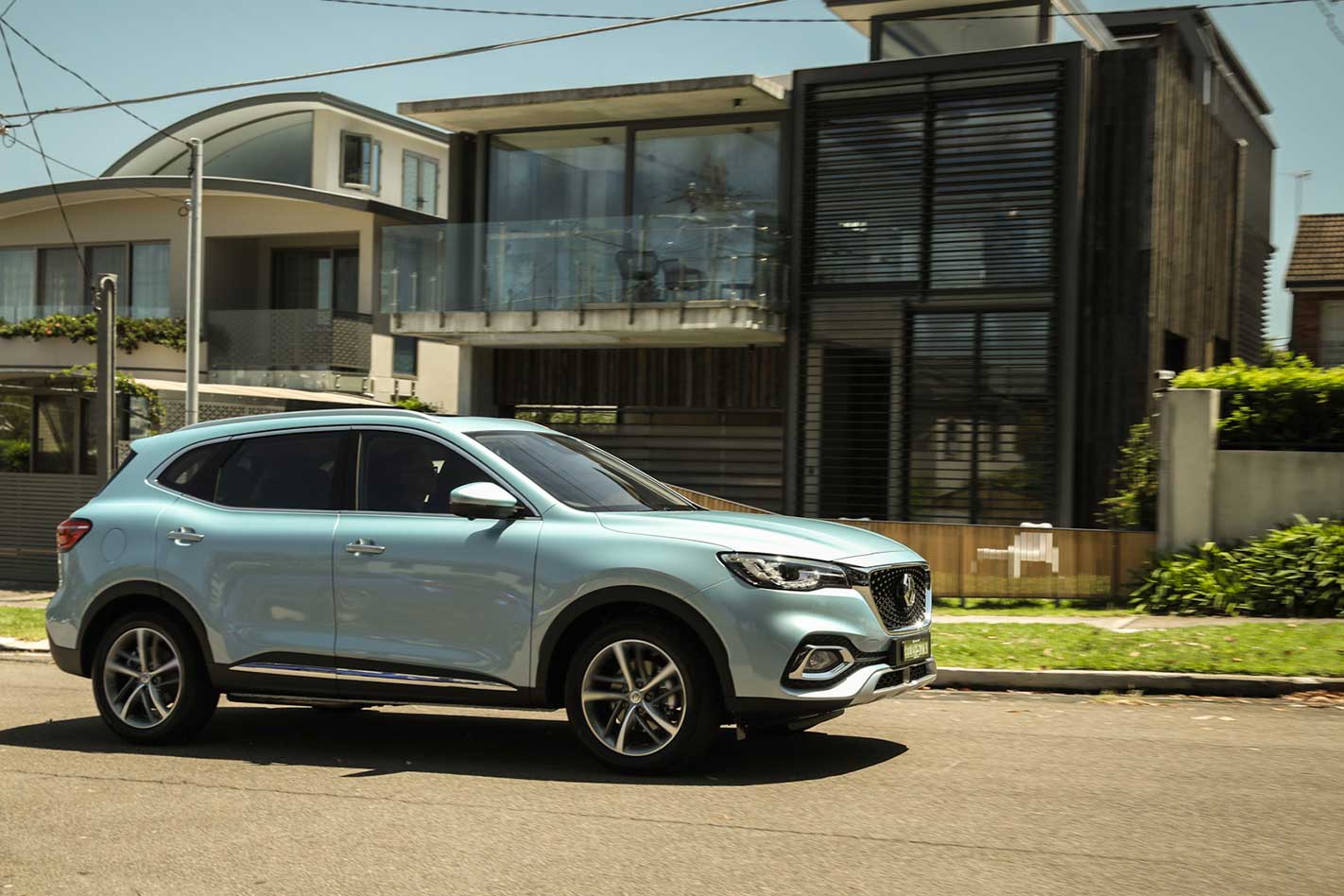
Specifications
- Engine: 1490cc inline-4cyl, DOHC, 16v, turbo
- Power: 119kW @ 5500rpm
- Torque: 250Nm @ 4300rpm
- Electric motor: single
- Battery: 16.6kWh lithium-ion
- Electric outputs: 90kW/230Nm
- Combined outputs: 189kW/370Nm
- Transmission: 6-speed automatic
- Weight: 1755kg
- 0-100km/h: 6.9sec (claimed)
- Fuel consumption: 1.7L/100km (combined/claimed)
- Price: $46,990 (drive away)
- On sale: Now
Things we like
- Useful EV-only range
- Lively and quiet as an EV
- Well equipped, simplicity of operation
Not so much
- Re-gen not hugely effective
- Occasional hesitation under hard throttle
- Not as dynamically sorted as rivals


